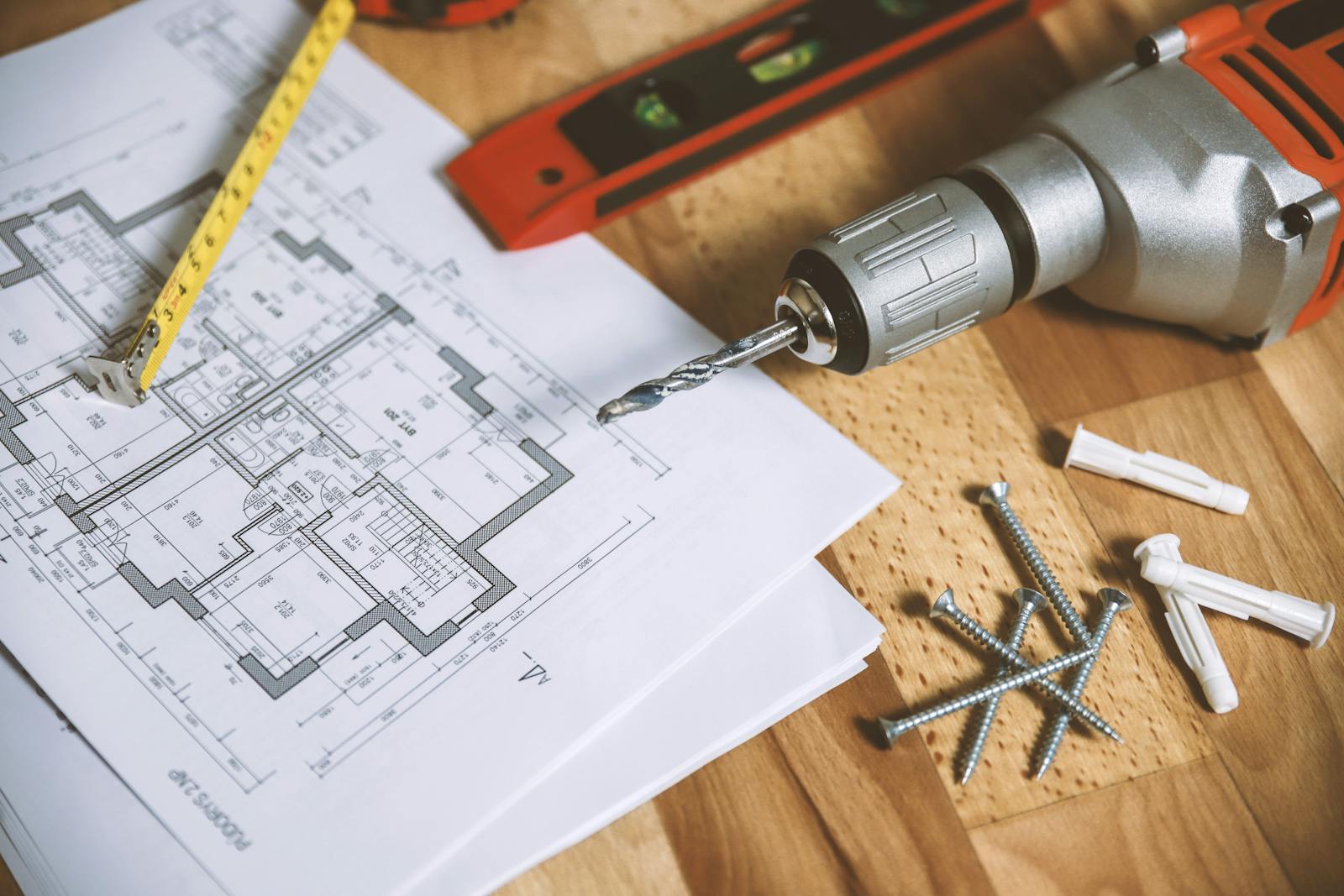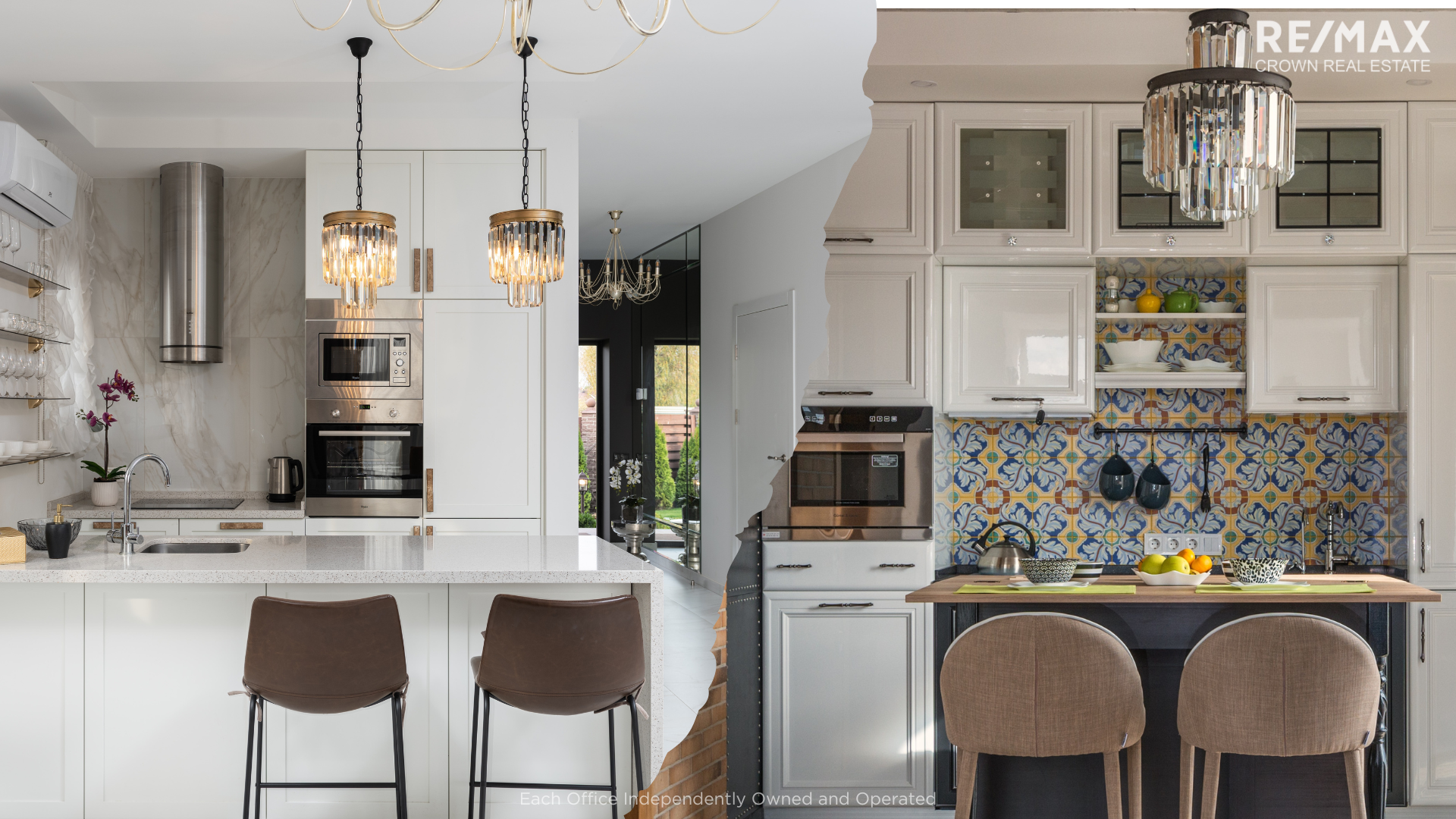Cats can be cuddly, charming, and good company. Or whatever they want to be, really. They are not, however, typically described as “cooperative” or “adept at accepting change.”
Moving can be stressful for most pets — and cats in particular — so cat parents need to pay extra attention to how their feline bestie is handling the packing process or acclimating to their new home environment.
When it comes to cats and change, slow and steady is the way to go. Prep for your move well in advance, allowing your cat to gradually accept that some things are going to change while reassuring them that other elements (their food, bed, and routine with you) will remain constant.
Here’s how to keep these creatures of habit happy during a move.
Preparing for the move
Leading up to a move, life gets a little more hectic and our schedules can be thrown off by the extra tasks and to-do lists we’re facing.
Even though it’s a busy time for pet parents, keeping to your cat’s regular routine is important. Feed them according to the same schedule you typically do and keep their litter box fresh.
Make time for play and exercise as well as for lounging and cuddling together. Cuddle time before and after packing up boxes can help reduce your cat’s stress levels (and is likely to also decrease your own).
It’s likely that you’ll use a cat carrier to transport your cat from your old home to your new one. If their carrier is rarely used, set it out with the door open far in advance of your moving date and stock it with your cat’s favourite things: a blanket, beloved toys, and high-value treats. (For cats who are still unconvinced, a pheromone spritz in the crate can help reduce their stress).
Over time, this sends a message that their carrier is a safe and secure space for them to retreat to when they feel anxious or stressed. On moving day, they should be comfortable enough with their carrier to spend time there and to travel inside it.

Moving day challenges
Since some cats are escape artists, cat parents need to be escape prevention artists. If you can’t find a friend or family member to care for your cat on moving day, keep your cat behind several layers of security.
This will likely entail keeping them inside a quiet room with a closed door, and potentially even in their carrier. Let your movers know that your cat is there (posting a reminder note is a good idea, too) and ask them not to open the door unless you are present and able to be there to comfort your cat.
If you can’t find a friend or family member to care for your cat on moving day, keep your cat behind several layers of security.

New home, old routine
Returning to your cat’s regularly scheduled programming as soon as possible will make acclimatizing to their new home easier.
That means re-establishing their feeding, playing, and hanging out routine immediately after a move.
When you arrive with them, introduce them to their new space slowly, starting with the location of their toys, bedding and litter box. Allow them to adjust to the new space before expanding it and showing them the rest of the house.
Make your new home as familiar as possible by incorporating scents that are recognizable to your cat. Don’t launder their toys, bed, or blankets before a move. These items offer important, comforting scents that let your cat know they’re “home.”
While your cat is laying claim to their new kingdom, ensure the pet-related administrative details of your move get taken care of.
Pet parents will want to update their cat’s tag and microchip information with new address and phone information, as well as transfer veterinarian records in the event that your move requires you to switch vets.
Patience is a crucial virtue for pet parents undertaking a move with a cat. Keep lots on hand while showing your pet some extra love, attention and positive reinforcement both before and after your move.
Returning to your cat’s regularly scheduled programming
as soon as possible will make acclimatizing to their new home easier.
More Resources…




















